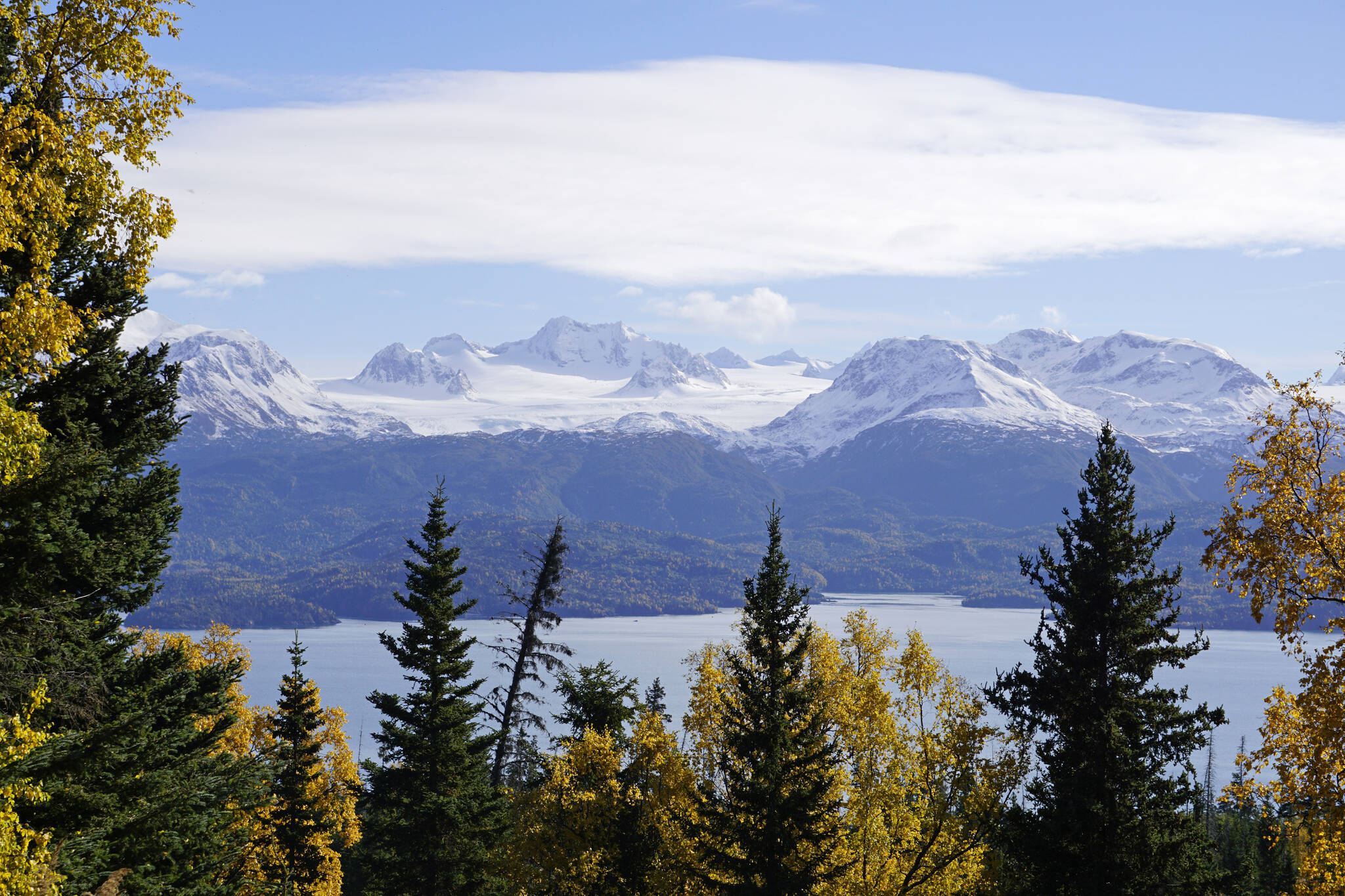By Penelope Haas
Introduced by Rep. Sarah Vance during the last legislative session, House Bill 52 (HB 52) removes Tutka Bay Lagoon and uplands — totaling 123.45 acres — from the heart of Kachemak Bay State Park and gives up these public lands to a narrow and fiscally irresponsible special interest group, the Tutka Bay Lagoon Hatchery (TBLH), setting a dangerous precedent for all Alaska’s State Parks.
HB 52 seeks to overturn the Draft Kachemak Bay State Park Management Plan and the extensive seven-year public process that created it. The Park Plan would relocate the hatchery out of the Park by 2031 and convert structures in the lagoon into “group camp facility.” HB 52 seeks to roll back this decision and the massive public process behind it.
This is happening now for two reasons: 1) Recent court decisions make it clear that State Parks cannot have long-term leases with private entities (in this case, Cook Inlet Aquaculture Association/CIAA). 2) Since the last Park Plan was written in 1995, TBLH Pink salmon production has more than tripled, and current operations clearly violate the law defining the purpose of the Park–Alaska Statute 41.21.990.
Rep. Vance is holding the China Poot Dipnet Fishery as ransom. She has even gone so far as to start a petition (yes, for her own bill) that says that if we do not cut Tutka Bay Lagoon out of the Park, China Poot Dipnetting will shut down. But this does not have to happen. Remember that China Poot ran for nine years when the hatchery was closed from 2005 to 2014. That is because the reds are raised at the Trail Lakes Hatchery near Moose Pass. All that happens in the lagoon is a short-term “remote egg-take” and short-term “remote release” of China Poot broodstock. This program can continue and ADF&G can develop a Sockeye Stamp to cover costs. If Vance were acting in good faith, she would get behind these effort to keep China Poot alive and not use it as political blackmail. If Cook Inlet Aquaculture Association doesn’t want to run China Poot, ADF&G should take over — just as they stock lakes all over the state.
It is important to remember that Lower Cook Inlet Commercial Fishermen do not depend on TBLH; in fact, 95% of the Lower Cook Inlet common property salmon harvest is elsewhere — in Kamishak Bay, on the Outer Coast, etc. Why? Since 1991, the hatchery has caught nearly all the returning fish, just to try to cover expenses, leaving an average of 11% of the returning fish for fishing families.
HB 52 would permanently give up valuable public resources to a failing operation. According to publicly available figures, TBLH has been losing approximately $857,000 per year since 1991, and there is no long-range financial plan to turn things around. The lagoon is a fundamentally flawed location for a hatchery. Deeper water, better freshwater input, and improved access are needed to make it self-supported. Moving the hatchery out of Tutka Bay Lagoon will help fishermen.
Who pays? CIAA has $16 million of outstanding debts to the State, and part of their loans have been used at the TBLH facility. All Cook Inlet fishermen pay for TBLH through the Salmon Enhancement Tax, yet only a handful catch Tutka fish. Closing the hatchery is a win for 97.5% of Cook Inlet fishermen.
Don’t cut up our Park for this failing hatchery! HB 52 hurts citizens of Homer, it hurts Cook Inlet fishermen, it hurts Alaska’s State Park System, and it hurts Alaskans. HB 52 does not meet the Constitution’s requirement that Alaska’s lands and waters be managed “for the maximum benefit of its people” (Article 8, Section 5) or the requirement for “efficient development of aquaculture in the State” (Article 8, section 15).
Please contact the members of the House Resources Committee and the Speaker of the House, Rep. Louise Stutes, to tell them HB 52 is a massive waste of Alaska’s resources.
Penelope Haas is the vice president of Kachemak Bay Conservation Society.

